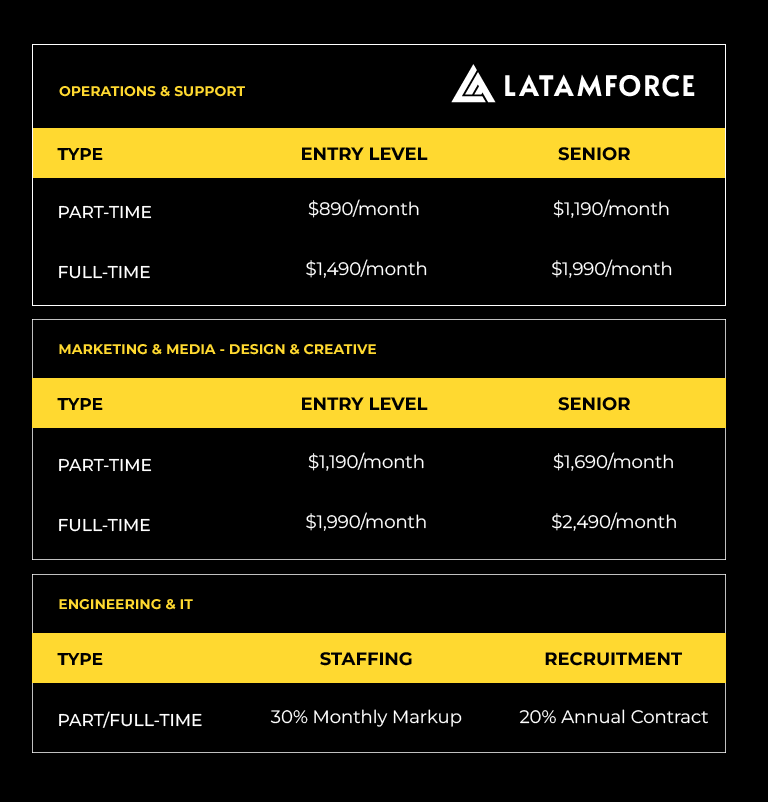The Effects of the pandemic on the California Job Market
In San Francisco, the effects of the COVID-19 pandemic on the job market are hard to overstate. What started as a temporary change to work from home has now largely converged into a fundamental change in work arrangements, states a report from the Public Policy Institute of California (PPIC).
This “new normal” may further polarize economic opportunity, as not all Californians have access to remote work. In addition, remote work can also generate persistent changes in economic position within and between regions. In the future, supporting training opportunities may be key to helping workers obtain jobs that offer their preferred work arrangements.
Currently, 16 percent of Californians work from home all the time, and 19 percent sometimes work from home and sometimes away from home.
These findings are in line with national estimates that suggest 30 percent of all work days are now remote, compared to just 5 percent before the pandemic.
The scale of remote work has been remarkably stable over the last year. While COVID continues to be a factor in decisions to work from home and future shifts are possible, it is clear that a much larger portion of the work done in California is and will be done remotely. Notably, among those who say they work from home today, 65 percent say they started doing so because of the pandemic.
The overwhelming majority of employed Californians with a preference for remote work believe that work-life balance (92 percent) and less time commuting (91 percent) are the most important reasons for preferring to work from home . Two-thirds mention being more productive and half (53 percent) mention being able to live in a different area as the reason. In fact, given the choice, many more Californians would prefer remote or hybrid work: 29 percent of employed Californians say they would like to work from home full-time, and 32 percent would like to have a hybrid setup.
However, not all industries and occupations allow for remote or hybrid work. Working from home is not feasible for most jobs in the food service, retail, healthcare, and transportation sectors, while jobs in professional services, information, and finance are more flexible. Among employed Californians, four in ten say their work can be done from home (roughly similar to the proportion reporting at least some remote work) and six in ten say it cannot be done from home.
Jobs vary by region and demographics, and so do the groups of Californians who can and cannot work from home. More workers in the San Francisco Bay Area (56 percent) have jobs that can be done from home than in Orange/San Diego (46 percent), the Central Valley (38 percent) Los Angeles (37 percent), and the Inland Empire (22 percent).
Across all racial/ethnic groups, Asian Americans are the most likely and Latinos the least likely to say their work can be done from home. In addition, the proportion of employees who can do their work from home is more than double among those who earn $80,000 or more a year (54 percent) than among those who earn less (25 percent). The ability of employees to do their work from home also increases considerably with a higher level of education.
This seismic shift at work has already reshaped many of California’s regions. Remote work has allowed some workers to move away from places with higher costs of living, and mostly out of dense urban areas. To a large extent, this shift has leveled off over the last year, leaving urban areas to figure out new ways to maintain healthy economies in urban centers. Elsewhere, population surges are boosting local economies, but also placing new demands on physical and social infrastructure.
In addition to affecting regional economies, Californians’ preferences for certain work arrangements can also lead to changes in job search patterns. Among those who would prefer to work from home but say their job cannot be done remotely, 65 percent say they would be willing to change jobs if it meant they could work from home more often. A similar proportion (62 percent) would change the type of work they do to work from home more often.
Amid a tight job market with a record proportion of job openings, can workers who would prefer remote or hybrid work really make the switch?
Most workers who change jobs on short notice remain in the same sector, which is unlikely to lead to radically different remote work options, PPIC adds.
Workers who can access training for new types of work can improve their chances of securing their preferred work arrangements.
The financial barriers to these training pathways are severe for many, suggesting that public institutions can play an important role in supporting the improvement of the well-being of residents, as well as preparing the state’s workforce with the skills needed for future jobs, the report concludes.
Want to up your skills and get into the remote workforce? Contact us and let us get started!





